Inside this article, you’ll discover …
- How inkbox — a multi-million-dollar online brand with 889K reward members — increased customer retention by 80% in one month, repeat purchases 24% YoY, and generated an additional $297K in revenue with their loyalty program
- Why building “emotional brand communities” is central to building long-term and profitable relationships with your customers
- What three steps define brand communities and how to unlock them for your business
When you look at Forbes’ list of Most Valuable Brands, you’ll find a lot of the usual suspects, including Apple, Disney, Nike, and Coca-Cola.
What do all of these brands have in common? They make you feel something.
When you buy an Apple product or visit a Disney theme park, you’re getting more than just a product. You’re getting a complete experience that plays to your emotions and leaves you wanting more.
This type of experience is the difference between traditional advertising and the power of brand communities. It’s also what builds long-term brand loyalty.
These emotional relationships are the future of commerce. When you understand how your brand makes your customers feel, you unlock the secret to building a community that customers want to join, stay engaged with, and share with others.
Thankfully, we can boil this down to three steps:
These three steps work together to deepen every customer relationship, regardless of whether they’re behind a screen or not.
Here’s how we’ll get there in this article:
- Brand Communities Create Additional Value
- Community Building & Brand Loyalty In Action
- How inkbox Found Success with Brand Communities
Brand Communities Create Additional Value
One of the key differentiators between a transactional relationship and an emotional one is the commitment to delivering value. Transactional brands care only about the current sale and put little thought into building a lasting customer relationship.
Emotional brands, on the other hand, prioritize generating value above and beyond the sale. This approach is known as value-add marketing, and is instrumental in creating a brand customers want to talk about.
You can add value to your customer experience in a number of ways, including video tutorials, blog posts, and exceptional customer service, but the way I have the most experience with is rewards.
With points, VIP tiers, and referrals, you have the perfect opportunity to intentionally build a brand experience that gets customers involved at every stage in the community building process:
▢ Points: to encourage customers to join your community
▢ VIP tiers: to motivate customers to get and stay engaged
▢ Referrals: to incentivize customers to share your brand directly
Addressing all three stages delivers exceptional value to your customers while also furthering your brand objectives.
The best part is these rewards will also create a valuable switching barrier that serves as the best tool for retaining every customer you welcome into your community.
Community Building & Brand Loyalty In Action
In order to help you understand the powerful impact of starting your own brand community, let’s take a look at how three brands have zeroed in on each stage of the community building cycle.
How MyChelle Dermaceuticals Increased Account Creations
As the first stage in the community building cycle, getting customers to join is incredibly important. If customers aren’t willing to create an account with your store, they’re effectively saying that they don’t find value in your brand community, making it difficult to win them back in the future.
MyChelle Dermaceuticals tackled this problem by increasing the value of creating an account.
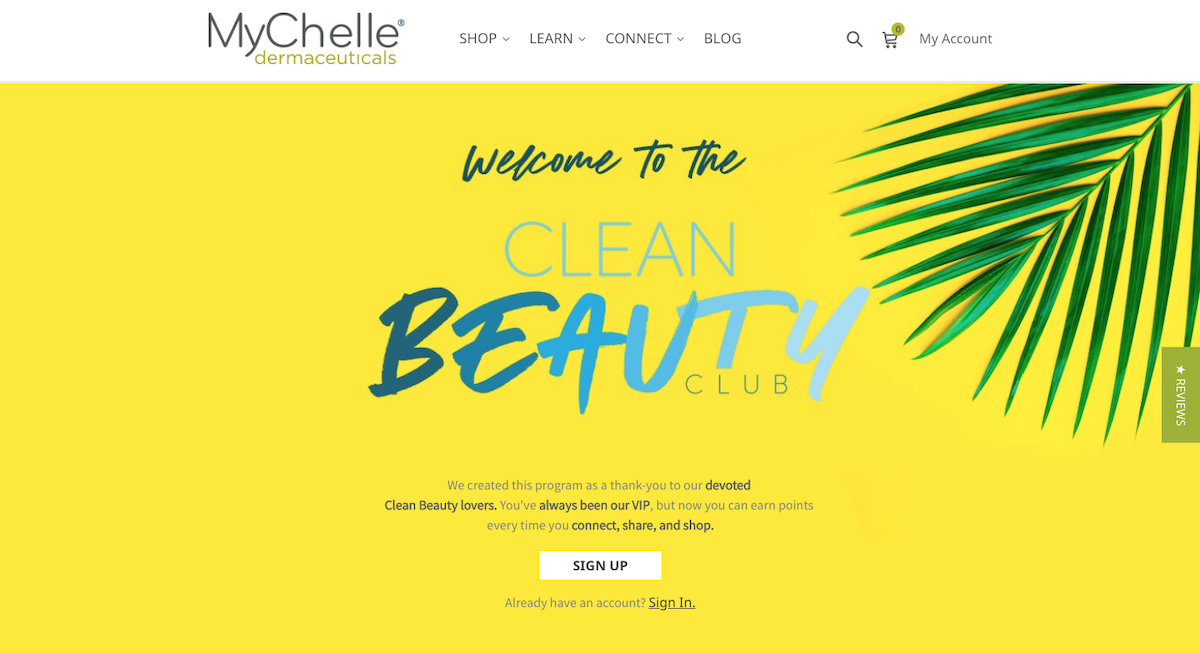
With the launch of their Clean Beauty Club in September 2018, they started offering customers the chance to earn points for joining their community. These points could later be turned into dollars-off rewards, sweetening the deal even further.
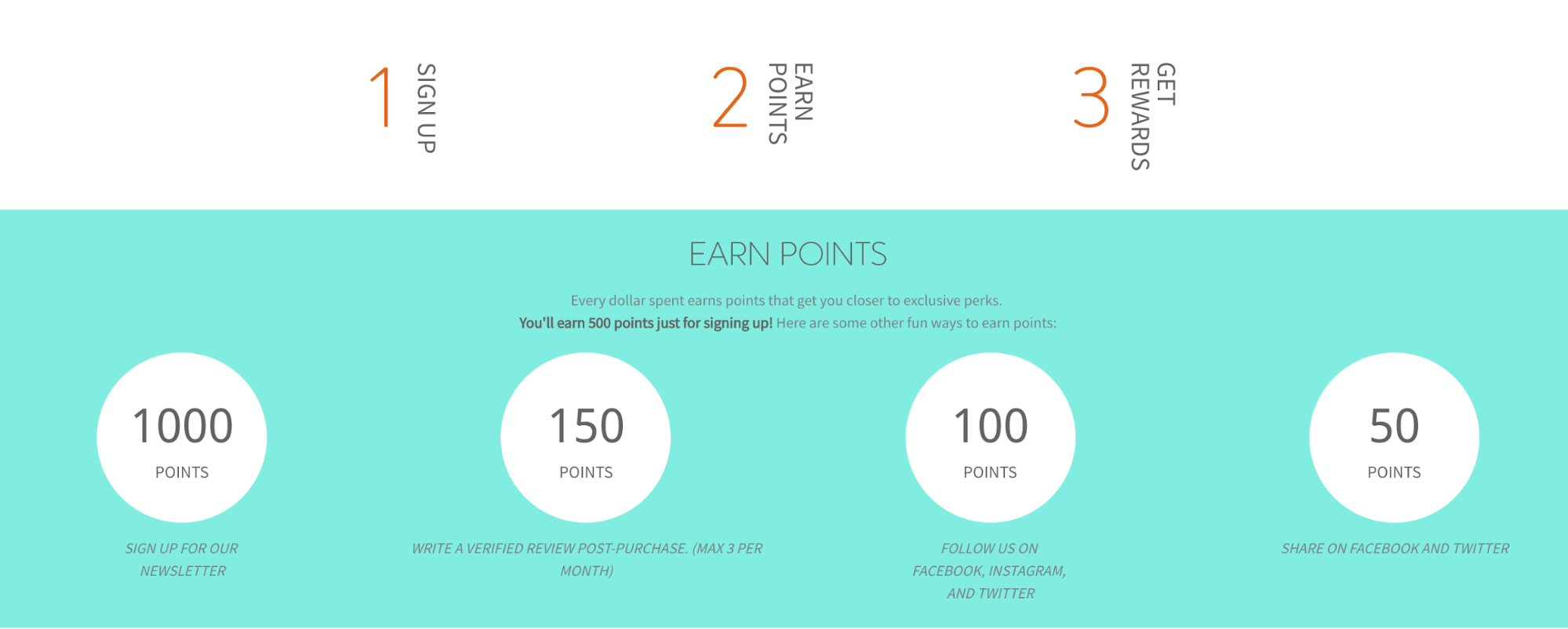
With this small but powerful change to their customer experience, the beauty brand saw an incredible 32% growth in the number of customer accounts in only one month.
This type of success goes to show how something simple like a points program can have a huge impact on how valuable your brand looks to new and returning customers.
The Secret to Trail Cam Pro’s Customer Engagement
When we consider stage two, Engage, you don’t need to look further than Trail Cam Pro’s brand community to get an idea of what it takes to design a truly engaging customer experience.
Specializing in hunting cameras and accessories, Trail Cam Pro recognized that they needed to do something if they wanted their customers to stay engaged in between purchases. After all, just because a customer joins doesn’t mean they’re going to be motivated to return!
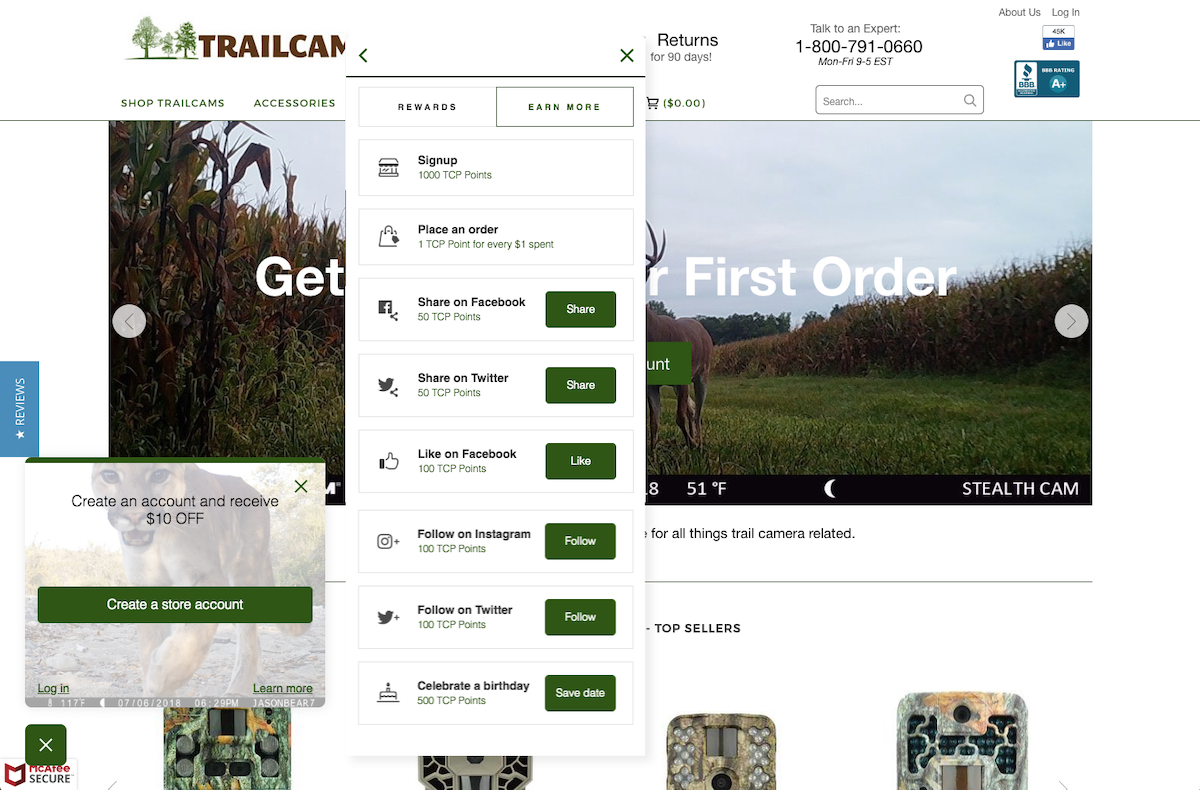
Much like MyChelle, Trail Cam Pro discovered that rewarding customers for different actions unlocked the secret to ongoing engagement they were looking for. Between social shares, celebrating birthdays, and making purchases, TCP’s members have ample opportunities to return to the brand and discover even more value.
In fact, customers find the experience so valuable that they simply can’t wait to earn and redeem more rewards.
With an astounding 44% redemption rate, TCP’s brand community is not only growing but also engaging, setting them up for incredible success in the future.
The Key to Jimmy Joy’s Brand Awareness
The third stage of the community building cycle is incredibly important to setting your brand up for sustainable growth.
When you get customers to share your brand with others, you decrease your dependency on paid ads and open up opportunities for you to focus on more repeatable, cost-effective forms of marketing.
Referrals are undoubtedly the best way to empower customers to spread the word, but they need to be worthwhile in order for your members to take action.
Jimmy Joy recognized that if their customers were going to do all the heavy lifting, they deserved to be rewarded accordingly. That’s why they introduced their Refer-a-Friend program, which rewards both new and returning customers with a discount for every successful referral.
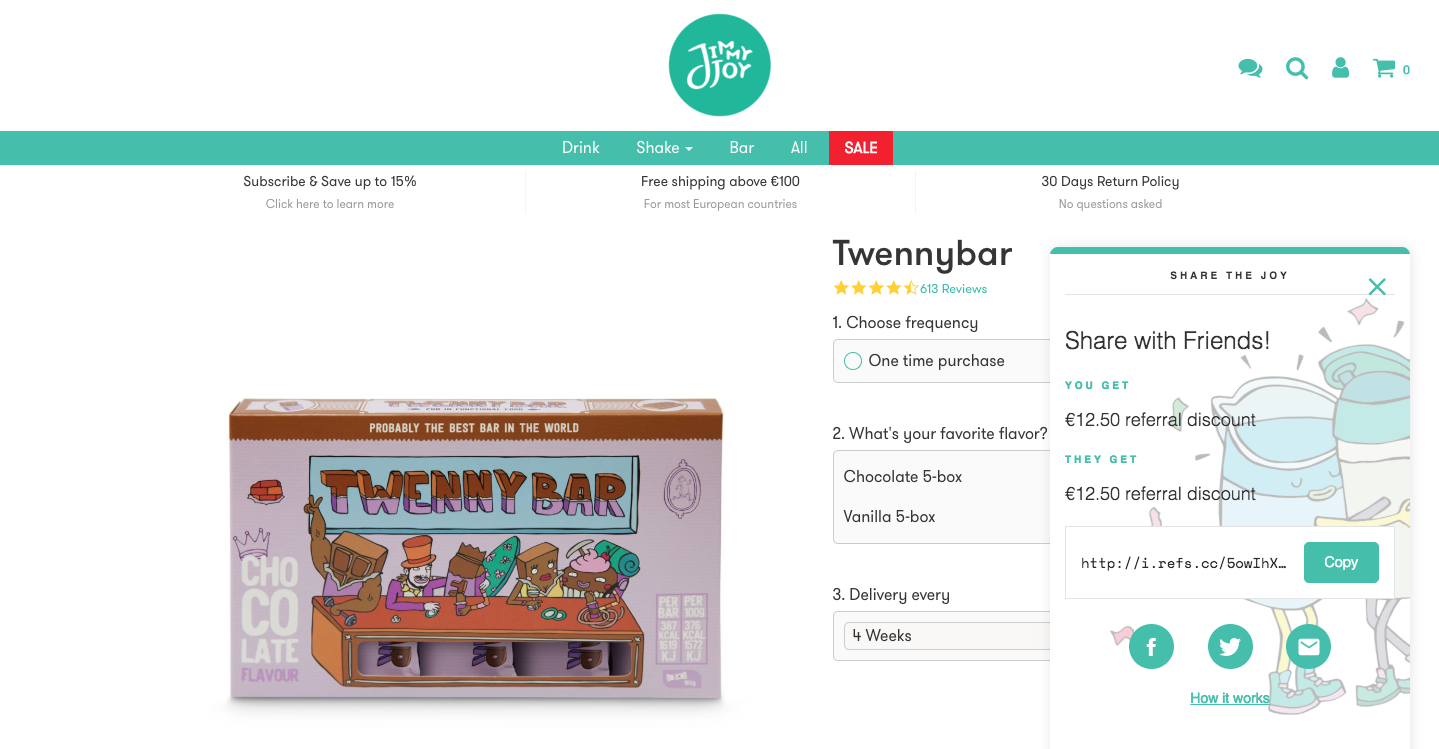
By introducing a sense of reciprocity to their brand experience, they made it more worthwhile for anyone who encountered their brand to shop there.
This approach to referral marketing has resulted in 52% of all referred customers making a purchase at their store.
Not only does this indicate a significant boost to their community’s numbers, but it also means their brand is in front of more people than ever — all without the need to further invest in paid ads.
How inkbox Found Success with Brand Communities
While improvements at any stage of the community building cycle are fantastic, it’s even more impressive when all three work together seamlessly.
Let’s look at how inkbox has incorporated each of the three stages into their customer experience:

Joining Is Valuable
From the beginning, inkbox — inventors of the inkbox tattoo, “a temporary tattoo that actually looks authentic” — has understood the importance of getting their customers to join their community.
In order to make this more valuable, they decided to launch a points program that rewards customers for creating an account at their store. Aptly named inkfam, the program went live in January of 2017 and has seen incredible growth ever since.
A lot of this success can be attributed to how easy the program is to find and, as a result, join. With a clear “Community” tab in their site’s top navigation, both new and returning customers can easily find their program’s beautiful explainer page.
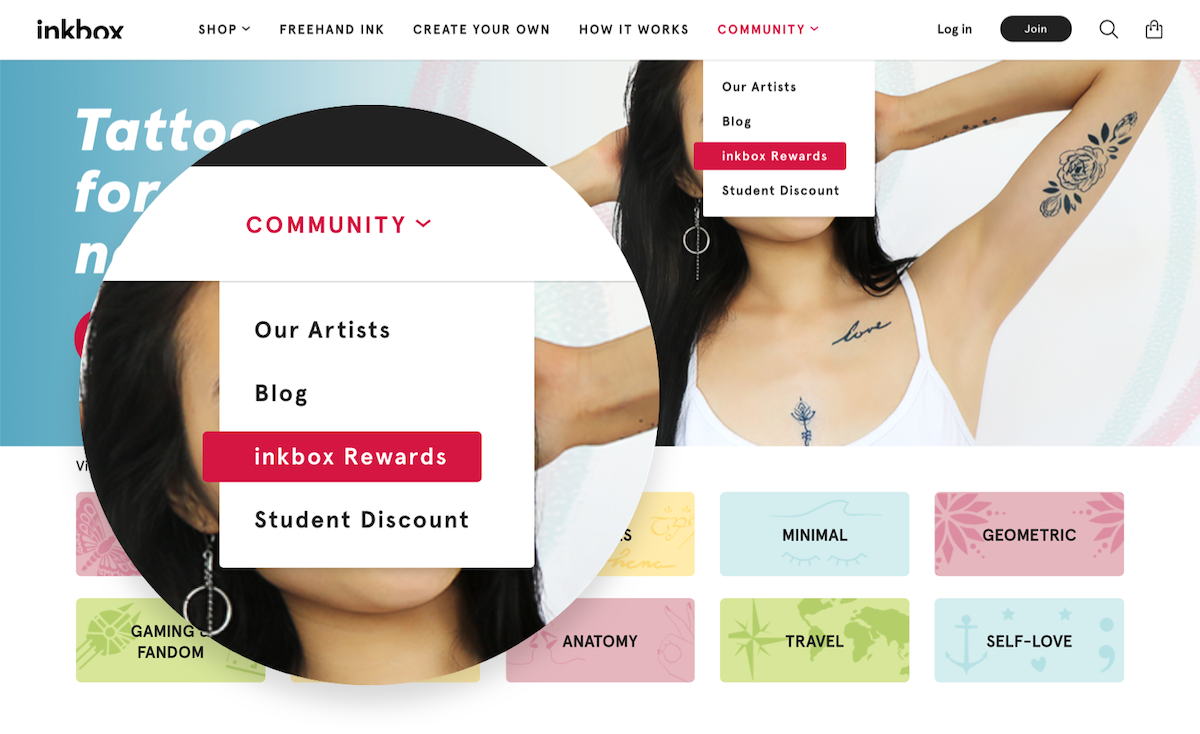
From there, they can easily engage with any of the calls-to-action on the page to create an account and officially become part of the inkfam.
This high visibility is complemented by other join initiatives. New visitors are prompted to subscribe to their mailing list with two separate overlays: first, on the homepage, and second, as they continue to browse.

Combining this upfront value with high-program visibility on their site has significantly lowered their community’s barrier to entry, making it easy for every customer to understand the benefits of joining.
They’ve also created a variety of exciting content to help supplement the appeal of their points program. From videos to giveaways, user-generated content (UGC) to social media, inkbox puts inkfam — and #inkboxlove — at the center of almost everything they do.
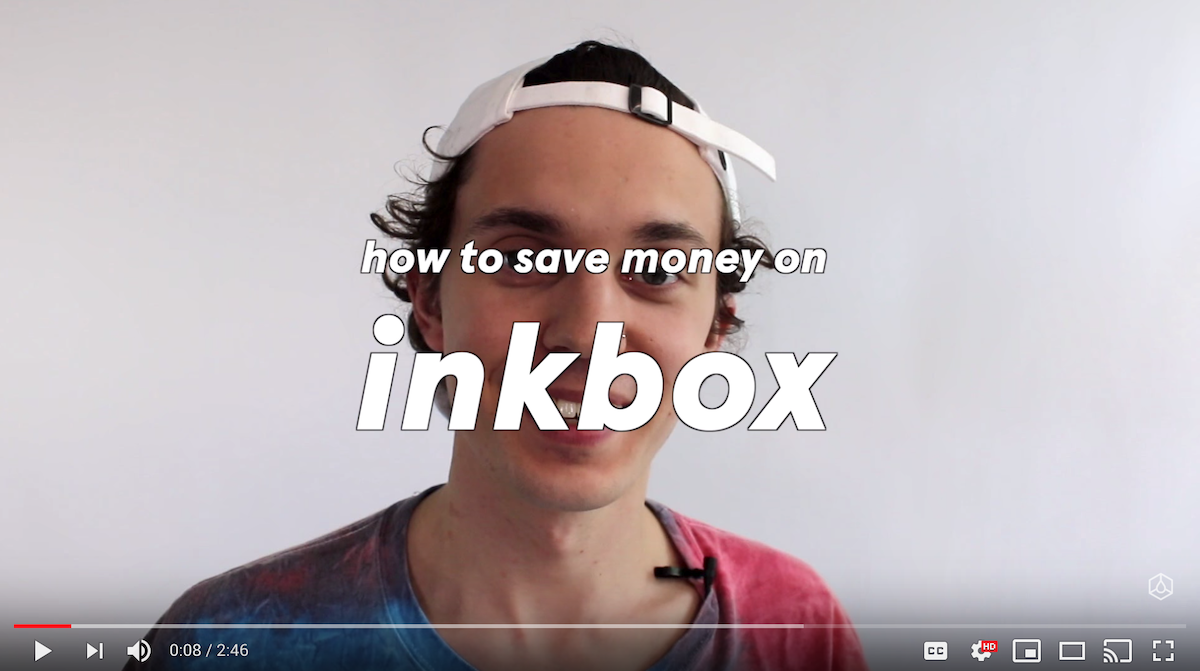
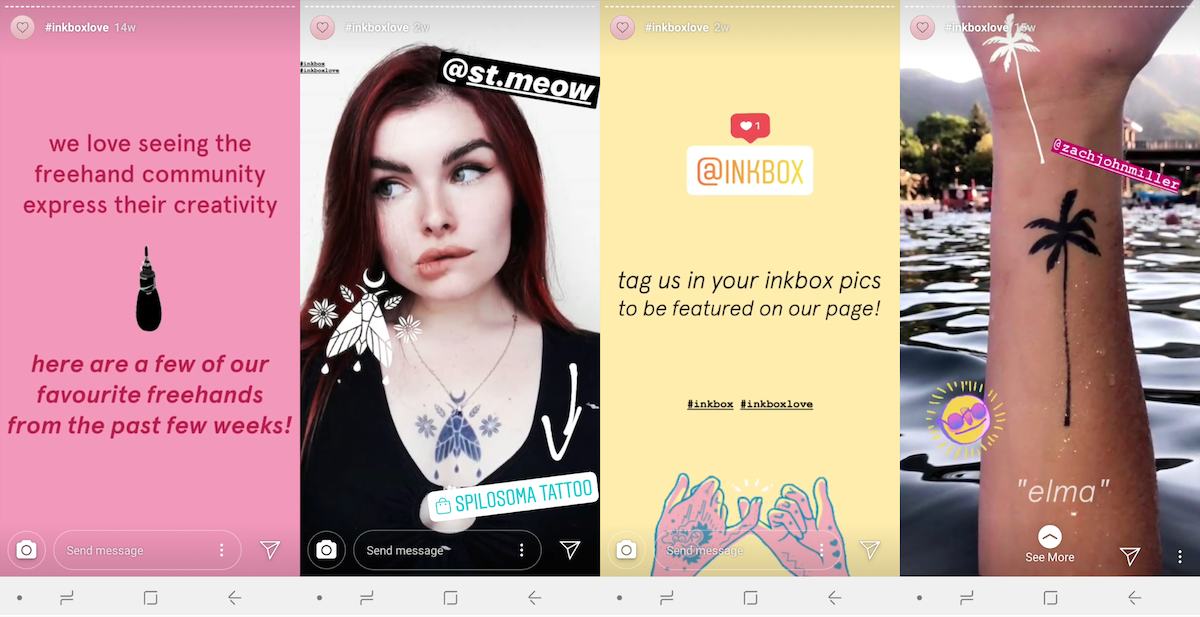
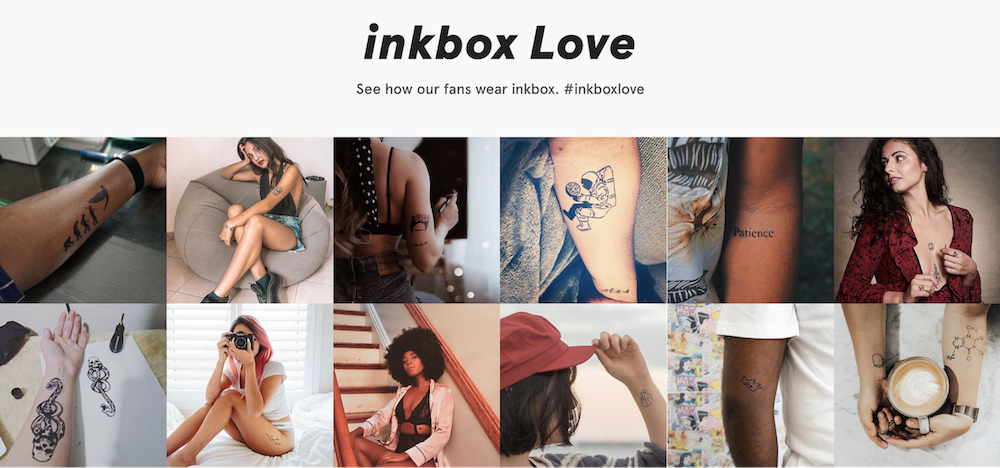
All of this increases their customer’s desire to engage with their community and amplifies the brand’s appeal for both new and returning shoppers.
Engaging is Rewarding
While it might be tempting to assume that simply getting a customer to join your community is enough, a thriving community is not a set-it-and-forget-it part of your brand experience.
In order for it to be sustainable, it needs to encourage your customers to stay engaged. inkbox tackles this challenge by structuring VIP tiers around what they call “Chapters.”
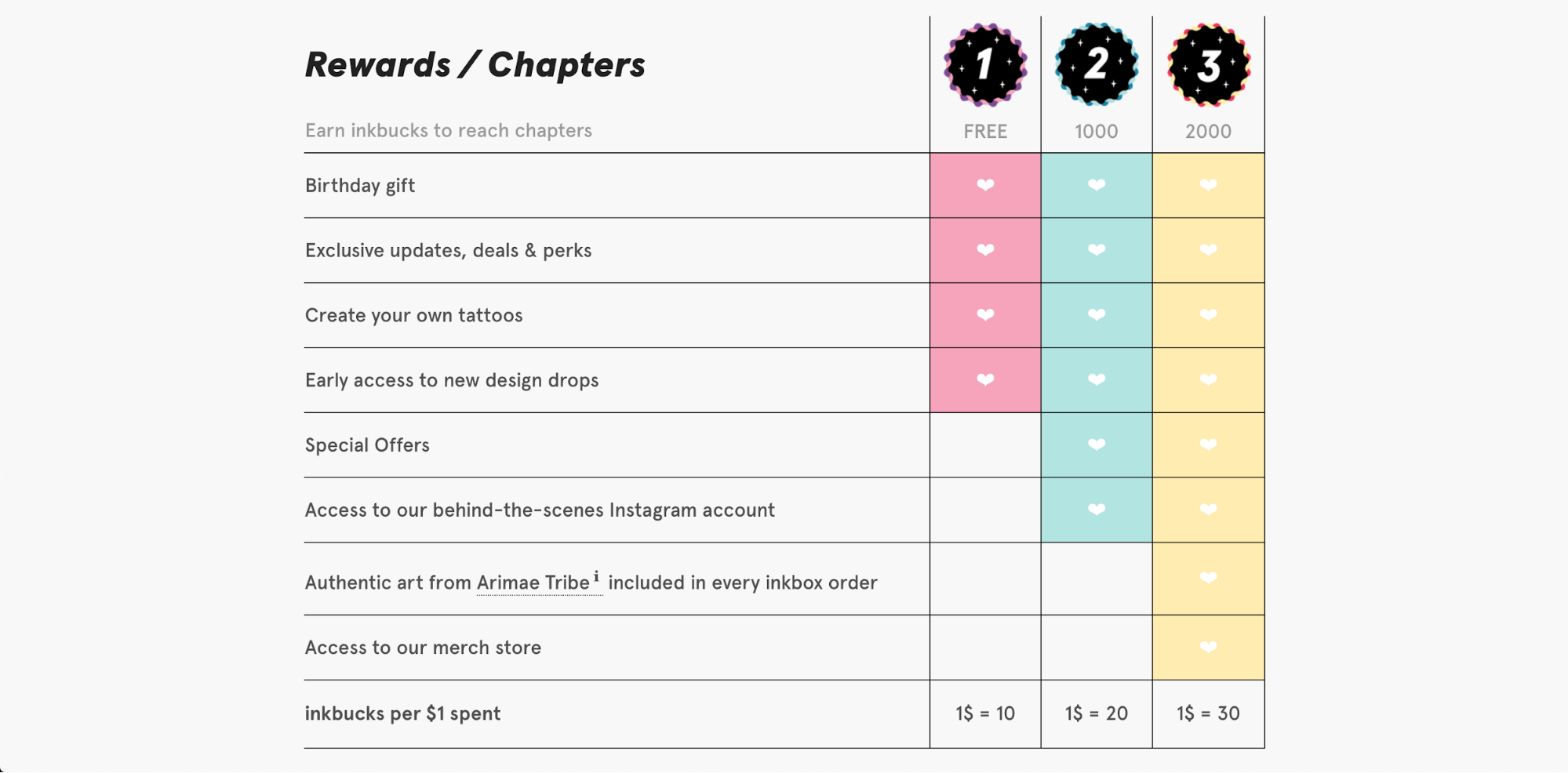
Customers intuitively understand which tier is the highest and are encouraged to get there with the promise of more points earned per dollar spent at each successive level.
They’ve also supported their VIP structure with a number of different earning actions. Besides points for purchases, customers can also earn rewards for engaging with the brand on social media.

This makes it easy for members to incorporate the community into their day to day life, establishing their relationship with inkbox as part of their lifestyle — not just a brand they shop with.
By incentivizing different actions and notifying inkfam members via email when they’ve earned more inkbucks and moved up through the different “Chapters,” inkbox can focus on new and exciting ways to deepen the emotional relationships they have with each of their members.

Sharing Pays … Big
As we mentioned earlier, the true power of a brand community lies in its ability to mobilize members to share their experience with others. These peer-to-peer referrals are what drive the sustainable growth that truly separates a brand community from the illusion of growth through ads.
inkbox emphasizes this powerful marketing channel by offering their most generous reward for successful referrals. With a whopping 1,000 inkbucks on the line, members can send $10 off codes to their friends through email, social, and even direct messages.

This builds a reciprocal relationship that gets both new and returning customers excited to participate. It also sets new customers up to engage by highlighting the value of inkfam at every stage without having to chase down new customers.
Most impressive of all are inkbox’s results:
- 599.6% increase in Instagram followers: 143K to one million
- 412% year-over-year organic UGC reach on Instagram
- 80% increase in retention after the first month
- 28% year-over-year lift in repeat purchases
- $297k in additional revenue
- 889k rewards members
For an even more detailed look at inkbox’s success, grab the case study on Smile.io …

Unlock Brand Loyalty in Ecommerce through Community
If you want to continue grow your business sustainably, you need to shift your focus away from being purely transactional.
By ignoring your customers’ desire for emotional connections, you prevent your business from experiencing long-term growth that doesn’t rely on ever-increasing ad spend to survive.
When you give your customers the chance to join, engage with, and share your brand with others, you welcome them into personal relationships that deepen over time. These changing relationships are the difference between one-time transactional relationships and lifelong brand loyalty.
With value-add marketing and rewards, you have all of the tools you need to retain more customers, decrease your ad spend, and build your brand community!
About the Author

Kirsten is a Marketing Specialist and lead editor of the Smile blog. With experience helping merchants in virtually every industry build strong brand communities, she is committed to transforming the world of commerce into one based on true emotional relationships and making magic where she can.
Read more
- Reimagining Racial Equity in the Fashion Industry
- The 1 Rule for Building a Billion-Dollar Business
- Back-to-School Marketing: Ideas, Stats & How to Automate the “Other” Black Friday
- Multichannel Inventory Management: Problems & Solutions
- The Dirty Little Secret Traditional Enterprise Software Companies Don't Want You Knowing
- Consumer Psychology: Sell to the Person Behind the Persona
- How You Can Profit from Personalizing Content on Your Ecommerce Store
- Conversion Rate Optimization: What Everyone Gets Wrong and How to Do It Right
- How I Raised $1.1 Million Without a Network or Experience


